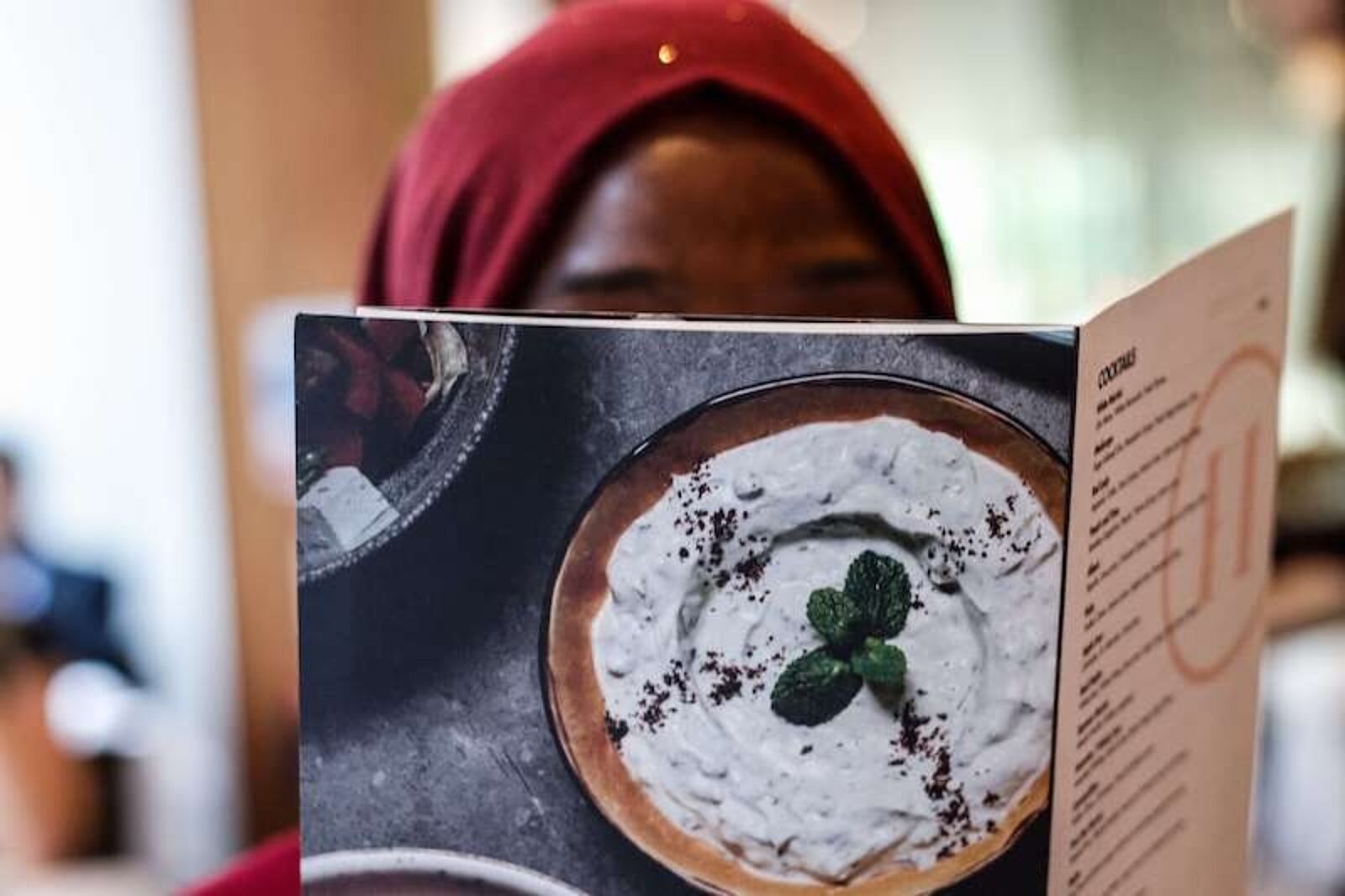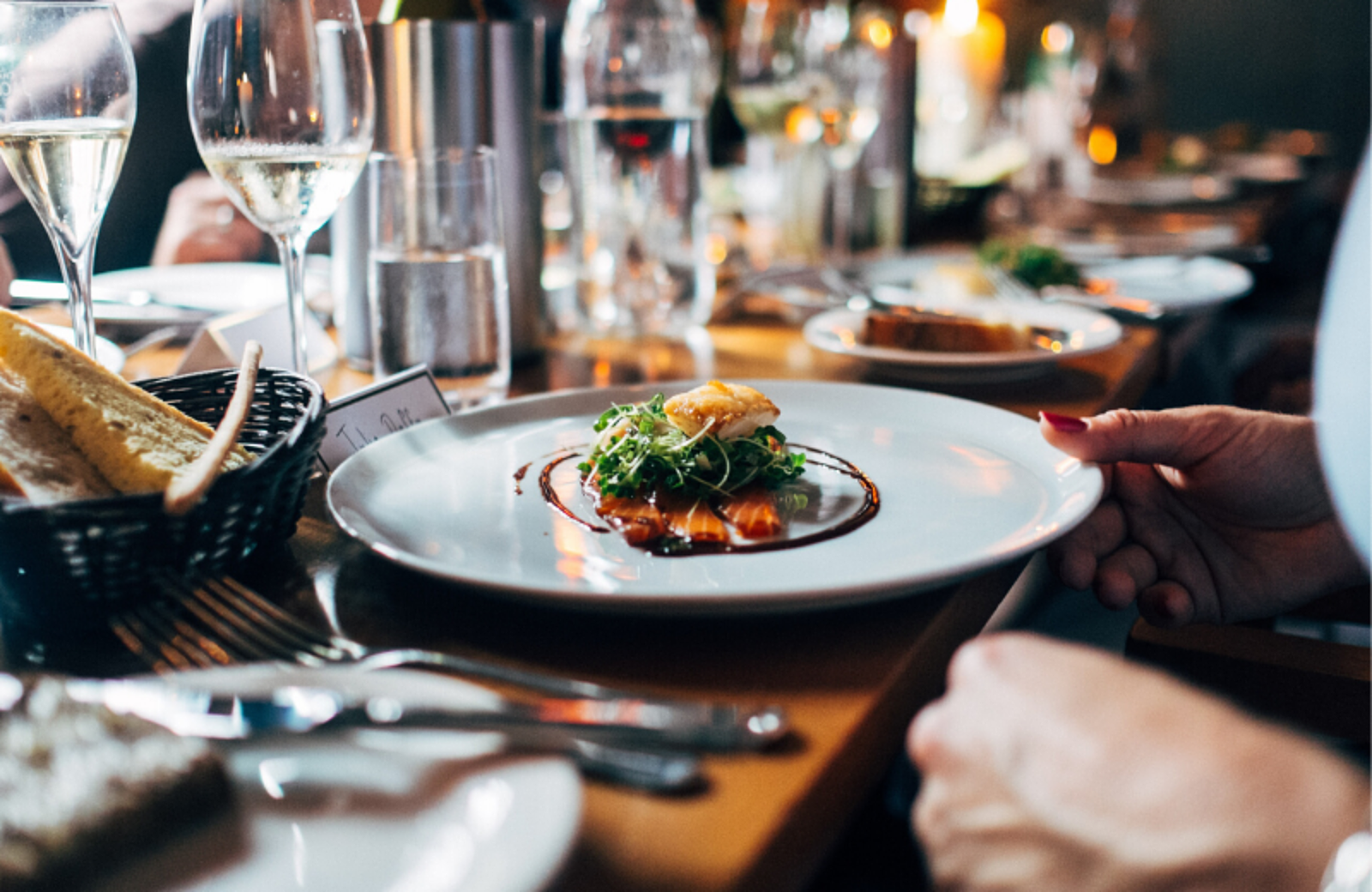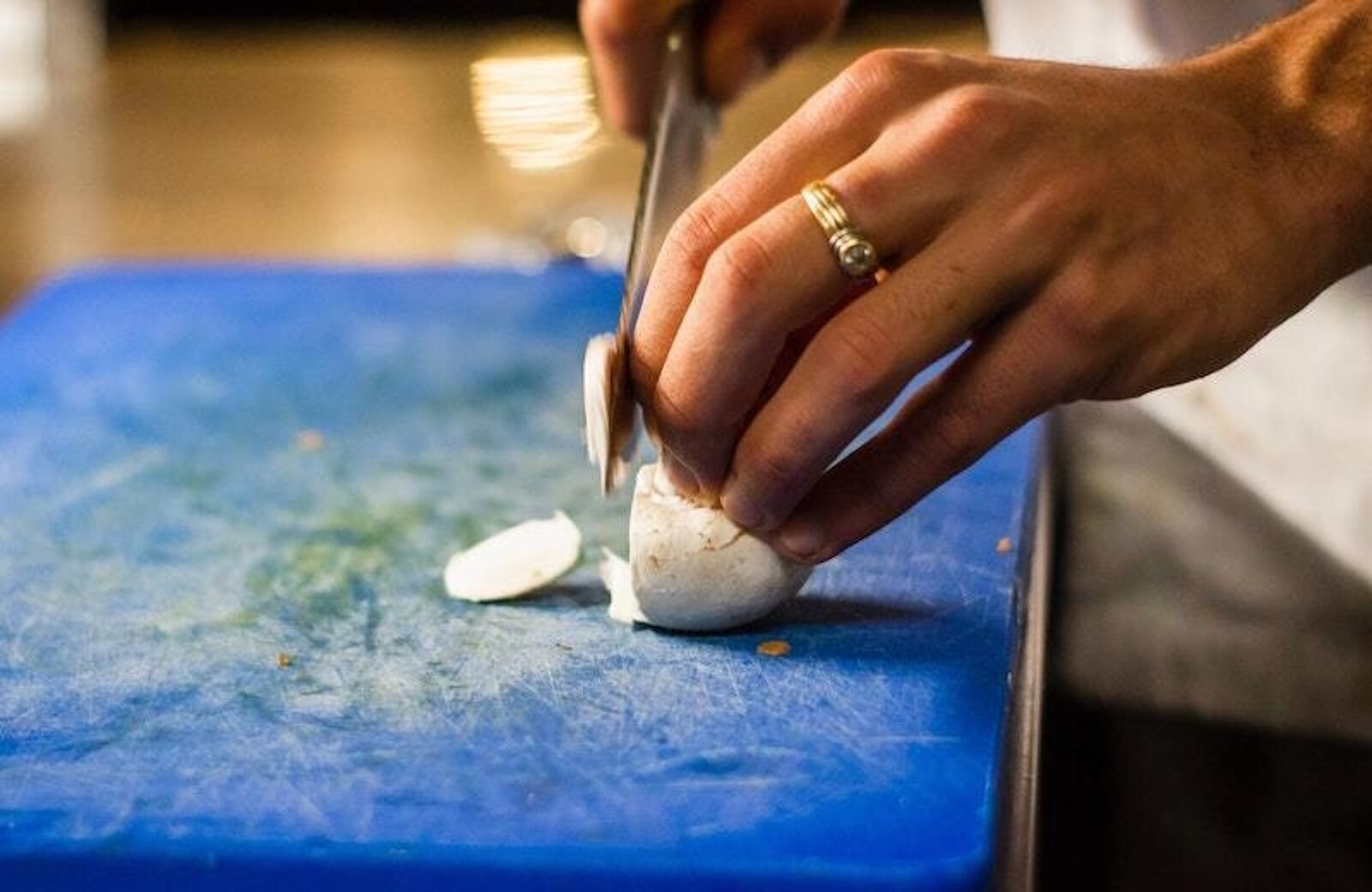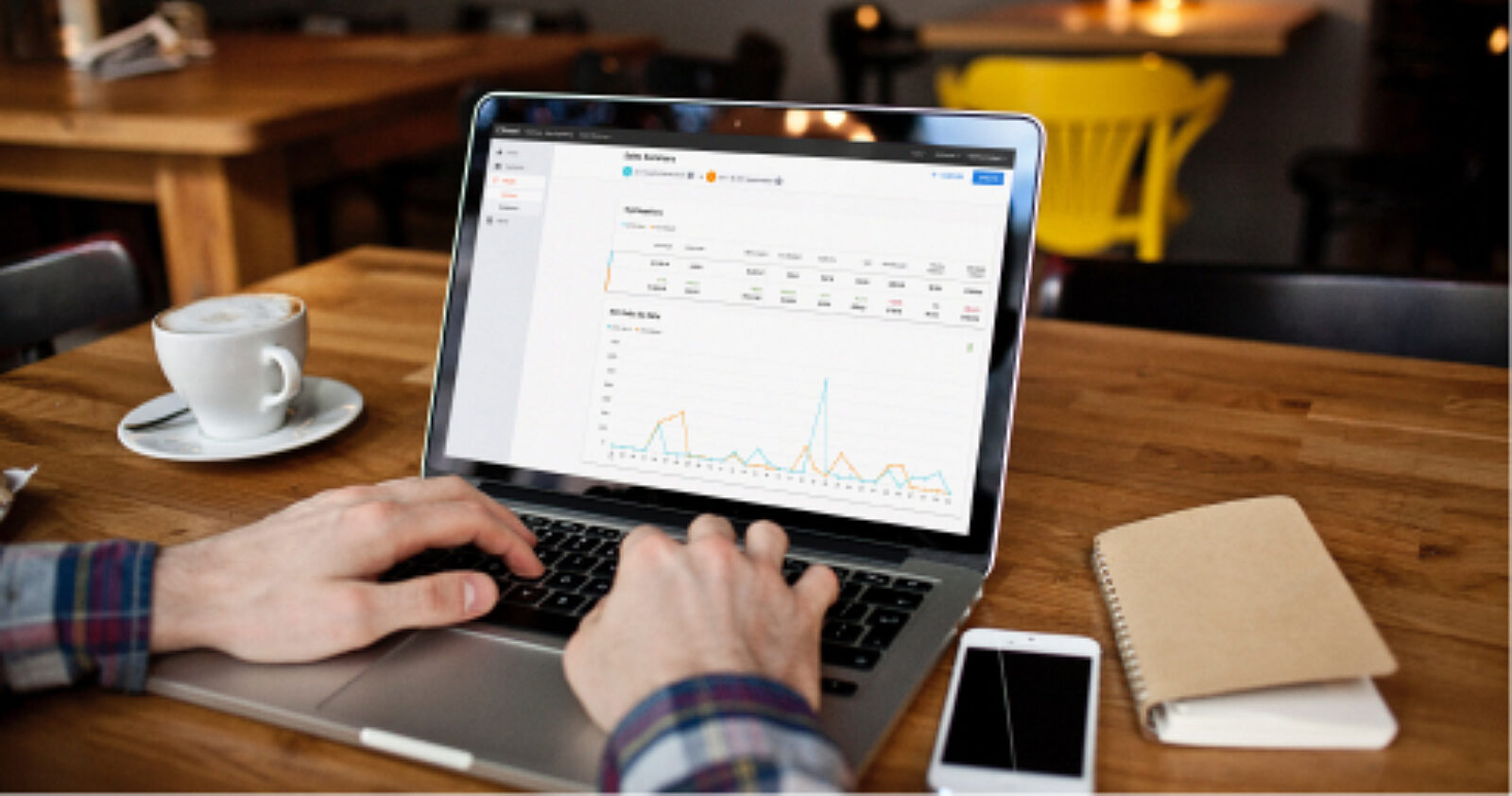Restaurant Menu Pricing Strategy: How to Price Restaurant Menu Items

Justin GuinnAuthor
Restaurant Menu Pricing Strategy: How to Price Restaurant Menu Items
A restaurant menu pricing strategy can be a critical tool to help operators be more intentional about their restaurant profit margins.
Restaurant pricing strategies are especially important as operators navigate a potentially shaky restaurant supply chain.
Pricing method exercises require restaurateurs to understand their evolving customer demographics and sentiments, brand positioning, demand for food items and cuisine type, and the regional competitive landscape.
Along with these factor, restaurant businesses need to understand the numbers when setting their price tags. Your pricing strategy is a numbers game based on understanding total costs and ideal food costs, conducting recipe costing, calculating final plate / dish costs, and then setting a menu price to maximize margin.
In this article, you will learn how to build and implement a restaurant menu pricing strategy that's rooted in profitability.
Restaurant Cost Control Guide
Use this guide to learn more about your restaurant costs, how to track them, and steps you can take to help maximize your profitability.

Understanding restaurant menu pricing strategies and common pricing models
A restaurant menu pricing strategy is the process of setting individual menu prices based on key metrics. Such metrics often include restaurant overhead expenses, especially various food costs and labor costs measures.
What is a menu pricing model?
Depending on your restaurant target market demographics for key customer bases, you will want to choose the right menu pricing model for your specific audience.
A few restaurant menu pricing models are:
Promotion-based with feature items heavily favored/featured
Upscale with minimalist menus, no currency signs, and whole numbers
Limited menu for farm-to-table or fluctuating supply operations
Prix Fixe (price fixed) menus
A menu organized by cuisine
What pricing strategy do restaurants use?
Restaurants use many different pricing strategies, like those outlined above. Choose the pricing strategy that is most relevant to your target audience and pricing structure. Fast casual restaurants may choose a more promotional strategy whereas fine dining restaurants may choose a Prix Fixe menu.
Restaurant Operator Insights Report
See insights from real restaurant operators which can help you benchmark your current and planned restaurant technology stack against your peers as we head into 2024 and beyond.

Conducting cost exercises to understand ideal menu prices
Higher prices don’t always lead to higher profits. Ideal menu prices have to balance evolving customer demographics, fluctuating costs of raw materials, and the type of restaurant you’re running — especially whether it’s a quick service restaurant, full service restaurant, or fast food.
With all that in mind, restaurant owners can start their menu pricing strategy with their real and ideal food costs. This can enable restaurateurs to have both ends of the equation in mind — overhead costs and target gross profit margins.
With these in place, operators can tweak menu prices, potential cost changes, and more factors to understand the impact on profit margins.
Here are some tips to conduct costing exercises for food cost percentages, COGS, and more.
Calculate COGS, food cost percentage, and more
If you want to keep the money coming in and thrive in an industry well known for thin margins, knowing the food cost percentage and cost of goods sold (COGS) for each of your menu items is a good place to start. To do this, you need the following:
Your menu
In-depth sales reports from your restaurant POS system
A food cost calculator (or cost control system such as xtraCHEF by Toast)
Restaurant Cost of Goods Sold (COGS) formula
Here’s your formula for calculating restaurant COGS:
Cost of Goods Sold (COGS) = Beginning Inventory + Purchased Inventory – Ending Inventory
Here’s the general food cost percentage formula:
Food Cost Percentage = (Beginning Inventory + Purchases – Ending Inventory) ÷ Food Sales
Calculating food costs via these key metrics can give you a baseline for what you need to make per menu item. This baseline is also referred to as your break-even point.
Break-even point (BEP) formula
A restaurant’s break-even point is simply the point where total revenue equals total cost (fixed and variable costs). It can be expressed in terms of customers (table turns, transactions, etc.) or in total sales (dollars.)
Let’s see how you calculate it for sales dollars:
Break-Even Point = Total Fixed Costs ÷ ((Total Sales - Total Variable Costs) ÷ Total Sales)
With this formula, we simply remove the guest count component to answer the question, “At what point did I break even and start adding profit to my bottom line?”
Maximum allowable food cost formula
Targeted food cost can also be known as the maximum allowable food cost percentage (MFC).
This is the forecasted food cost percentage that you cannot go over if you want to remain profitable.
To calculate it, you’ll use this formula:
MFC = 100 – ((Labor costs + monthly overheads + profit goal) / total sales))
While all restaurants should identify the MFC that’s right for their operation, many MFCs across the industry fall between 28 and 35. For our example, let’s assume your MFC is 32%
The final step from MFC to menu prices is a simple calculation. Take your plate cost and divide it by your targeted food cost to get a targeted menu price for your item.
For example, say that your food cost is $2.20 and your targeted food cost percentage is 32%. This means your targeted menu price should be at least $6.88.
Here’s the menu pricing formula to show how we got there:
($2.20 / 0.32) = $6.88
Restaurant Metrics Calculator
Use this free calculator to calculate the key restaurant metrics needed to understand the health and success of your business.

Understand your restaurant prime costs
Understanding your restaurant’s total costs — particularly your restaurant prime costs — is essential to setting any menu pricing targets.
Your prime costs are the combination of your cost of goods sold and your labor costs. The combination of the two is also known as your variable costs, as compared to your fixed costs.
These are the costs that restaurant management tactics can actively influence from day-to-day, week-to-week, and so on.
Conduct recipe and plate costing
After your prime costs, you may want to push forward with learning your restaurant's recipe costs. This can help you identify potentially profitable items to include on your menu.
Calculating your recipe costs starts with standardizing your recipes. From there, you have to consistently adjust for changing prices by capturing product price fluctuations. It’s one thing to know that your food costs increase, but wouldn’t it be more actionable for you to know exactly what ingredients are contributing to the increase?
How to cost a plate of food should be the obvious next question after your recipe costing. Your plate costs are simply the combination of recipes costs and all your other ingredient costs that go into preparing dish — all broken down by portion size.
Calculating these costs is really where you can pull levers to control your profitability.
Menu optimization strategies beyond food item prices
Restaurant menus have the potential to sell your items for you. Restaurant menu engineering and psychology are a great place to start and incorporate menu pricing strategies.
Menu psychology and menu pricing strategy
Here are a few ways to use menu psychology and menu pricing strategy to boost restaurant profitability and improve your bottom line.
Analyze your menu and how well each item performed over the course of the past month, quarter, or year. Determine what’s popular and what’s high-profit.
Leverage your serving staff, host/hostess, chefs, cooks, marketers, customer service or support staff, and others to learn different menu items worth featuring across happy hours, appetizers, entrees, and other categories.
Review the latest restaurant industry research and general pricing psychology research when choosing things like including currency symbols, using whole numbers, font size, and more.
When it comes to establishing a pricing strategy for your restaurant, you can think of it as a balancing act. You want to price your menu to offset operational costs across the business — not just limited to the kitchen — but you also need to consider your customers' expectations and do some research into how similar menu items are priced in the market.
Menu Engineering Course
Take this course to make the most of your menu. Learn about menu psychology and design, managing your menu online, and adapting your menu to increase sales.

Price your menu by looking beyond your competitors
Your business is unique, so even when it comes to something like menu pricing, why compare yourself to others?
Every restaurant has different food costs, on top of different operational costs. Plus, it's hard to really know a restaurant's pricing strategy if you aren't on the ground floor.
An important thing to keep in mind here is that creating value goes beyond price. Value isn't purely driven by price – value's created when you deliver on things that aren't as quantifiable, including service, atmosphere, and food presentation.
Keep that in mind when pricing out your menu. Pricing at the commodity level is a never-ending battle of who has cheaper prices, and it's one that'll detract from your business's true value.
Play to your strengths
Think of your menu like your greatest hits album, a representation of what you and your team do best.
Menu items that showcase you and your team's talents allows you to differentiate your brand and stand out from the crowd – and, in turn, price your menu differently.
Being different is a good thing, and it can even lead you to charging a premium for your top items.
Study the market
While looking into your competitors' exact menu pricing strategies might not get you too far, you'll still want to do some research to better understand the way the larger market prices menu items. This will help you conduct a competitive pricing analysis.
Here's a quick exercise:
Gather menus from 5-7 restaurants in your market and identify overlaps with your menu.
For comparable menu items, pinpoint a high point, a low point, and calculate an average price.
Now based on your restaurant's specific value, how can you price your item with this competitive analysis in mind?
For example, a hamburger in Albuquerque, New Mexico may cost two to three dollars less than a hamburger in Santa Fe (45 miles away) because the market in Santa Fe will bear it.
Think about the last time you were at the airport and paid $5 for bottled water and $7 for a yogurt. Depending on location and value, you can charge what makes sense, but only to a point: Value is about value. If you price gouge your guests and they don't feel it was worth it, you’ll lose them fast.
Keep your pulse on the market, including which restaurants are opening and which restaurants are closing, and continue refining your menu every few months.
Find balance in your menu
One of the keys to a successful menu pricing strategy is to balance your high-cost, high-end menu items with your low-cost, high profit ones.
Finding balance isn't an overnight process. It takes time, testing, and ongoing analysis to really dial in and get your menu just right.
Here are a few things you can do to help you get there:
Keep your overhead costs updated so you know what every item on your menu costs.
Invest in a point of sale system that can generate accurate, close to real-time product mix reports.
Stay patient, focused, and committed to the project.
Base your menu prices on the numbers — and keep coming back to them
Restaurant cost breakdowns can help you implement a premium pricing strategy so that you have a combo of high-profit, high-quality menu items.
To continually set prices that optimize your menu, you should also consider the principles of menu design, menu psychology, and menu engineering. This can help you maintain balance while increasing your profits.
How you price menu items, where you place items on your menu, and how you continually update your menu is critical to getting that balance just right.
Restaurant Invoice Automation Guide
Use this guide to learn more about your restaurant invoices, the value within, and how to consistently and accurately tap into it to make smarter decisions.

Achieve an ongoing, optimal menu pricing strategy with restaurant technology
You saw all the food cost calculations required to understand break-even points and set optimal menu prices. That’s a cumbersome amount of math for operators and mangers to take on.
And spreadsheets likely aren’t enough these days given the importance of real-time analysis to factor in restaurant ingredient cost fluctuations.
Restaurant operators can consider implementing restaurant cost control technologies to help monitor costs, automate key calculations, and achieve ongoing menu price optimization.
Point of sale (POS) system built for restaurants
Your point of sale (POS) system is the foundation of your restaurant technology stack. It’s purpose can extend far beyond inputting orders processing transactions.
Systems like Toast POS are your single source of truth for total sales and other sales-based reporting.
Achieving close to real-time recipe costing
Your POS system can also help unlock tons of cost control and forecasting insights if it has key integrations with invoice processing, inventory management, and similar tools.
You can combine sales data from the POS with these costing insights to start making more informed decisions.
The right mix of restaurant technology can help operators understand gross profit, net profit, and total costs at the individual restaurant menu item level.
Invoice automation may be an unsung hero for all these tasks. Cost control tools such as xtraCHEF by Toast, empower restaurant owners to go beyond spreadsheets and automatically process supplier invoices so that ingredient prices are pulled into the system to update recipe costs.
This is an incredibly nuanced and detailed process, but the results can help set strategic menu prices that can propel your restaurant business to sustained success with lower costs, higher total revenue, and a lovely gross profit margin.
Implementing an inventory management system to help reduce COGS
Restaurant inventory management systems can be crucial for restaurant success — contributing to your food cost control.
Restaurant inventory management is the foundation of your COGS calculation. Beyond calculating COGS, food inventory systems can help operators make more informed decisions about supplier orders and ingredients to stock, portion size control, and food waste and spoilage.
Reducing restaurant labor costs to lower prime costs and pad margins
Restaurateurs can work smarter and operate more efficiently as a business by using the right restaurant payroll and team management tools.
Reducing restaurant labor costs doesn’t always mean cutting staff or hours or increasing prices. These tools can enable you to keep close track of relevant restaurant labor expenses and spot trends to act on so that you’re utilizing your team and their hours more efficiently — especially as it relates to your back-of-house labor costs and the impact that has on your variable costs and break-even point.
What’s next?
Schedule a demo to speak with a product specialist today about all the potential benefits of combining Toast POS, xtraCHEF by Toast, and Toast Payroll and team management for your restaurant business.
Related Menu Ideas
Is this article helpful?
DISCLAIMER: This information is provided for general informational purposes only, and publication does not constitute an endorsement. Toast does not warrant the accuracy or completeness of any information, text, graphics, links, or other items contained within this content. Toast does not guarantee you will achieve any specific results if you follow any advice herein. It may be advisable for you to consult with a professional such as a lawyer, accountant, or business advisor for advice specific to your situation.





